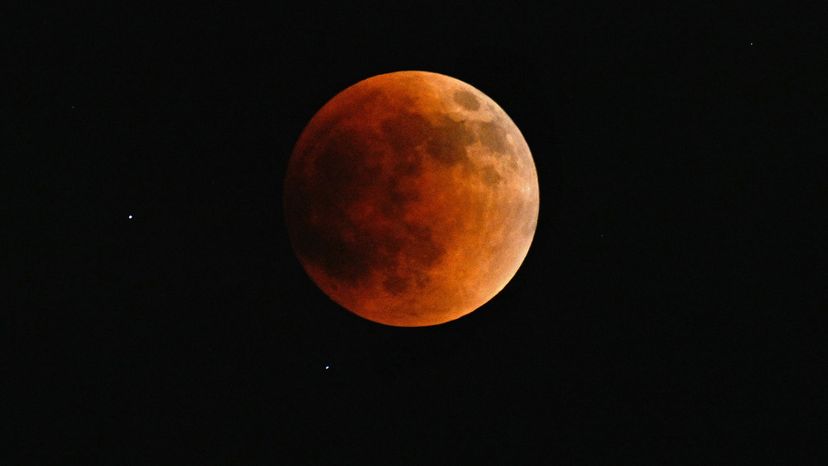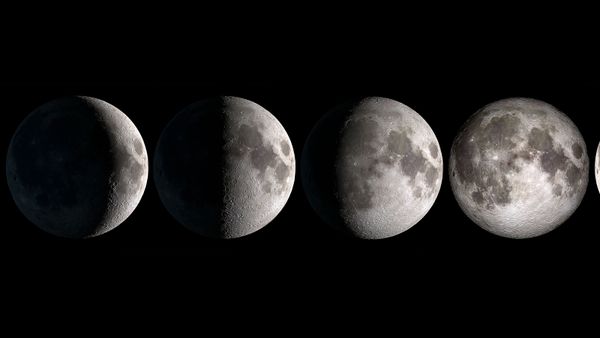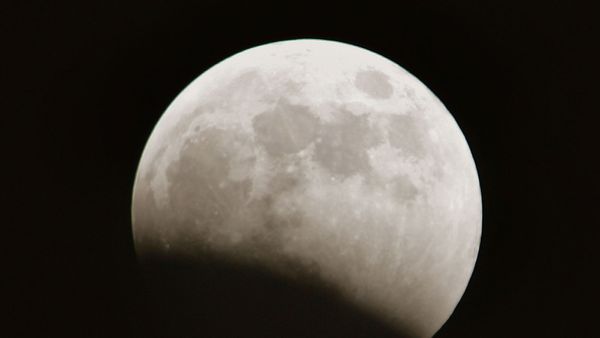Given that shadows on Earth aren't red, why does Earth's shadow cast a red hue on the moon? The answer takes into account another aspect of life on Earth: our atmosphere. During a total eclipse, the the only sunlight reaching the moon is passing through Earth's atmosphere. As rays of the sun's light pass through the atmosphere and bend around Earth, they pick up a reddish color. The more dust or clouds in Earth's atmosphere during an eclipse, the redder the full moon will look.
This is the same reason that sunrises and sunsets appear red too. Here's how NASA puts it: "Blue light has a shorter wavelength and is scattered more easily by particles in Earth’s atmosphere than red light, which has a longer wavelength. Red light, on the other hand, travels more directly through the atmosphere. When the sun is overhead, we see blue light throughout the sky. But when the sun is setting, sunlight must pass through more atmosphere and travel farther before reaching our eyes. The blue light from the sun scatters away, and longer-wavelength red, orange, and yellow light pass through." As we said earlier, all the sunlight reaching the moon during a lunar eclipse is passing through Earth's atmosphere and thus will be red.
If you want to see the next blood moon – that is to say, the next total lunar eclipse, mark your calendars: it will occur the night of Thursday, Mar. 14. During that eclipse, the blood moon will be visible across all of North America, South America, Asia, and Oceania if the skies are clear. Only those in Europe and Africa will be unable to see the lunar eclipse or blood moon during this event.
You don't need any special equipment to see this phenomenon, though binoculars or a telescope will enhance the view. Totality of the eclipse will begin at 12:58 a.m. ET on Friday, Mar. 14 (9:58 p.m. PT on Thursday, Mar. 13) and end at 6:00 a.m. ET (3:00 a.m. PT on Friday, Mar. 14).




